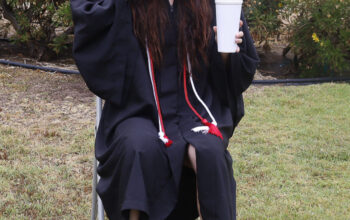California Community Colleges would veer away from its original educational goals and create tension with CSUs and UCs if it provided bachelor’s degrees as the Chancellor of California Community Colleges has proposed.
The primary mission of a community college, according to the state’s 1960 Master Plan for Higher Education, is to provide academic and occupational instruction for students of all ages through the first two years of undergraduate education.
Additionally, CCCs offers English as a second language courses, community service programs, workforce training services and has been recently tasked with adult education.
Adding four-year degrees to their set of goals would cause a shift in how the Master Plan is designed to work and would greatly broaden the scope of CCCs.
If the 112 community colleges in the state began to offer four-year degrees, the 2.4 million students that attend these schools would be more prone to stay at their community campus.
Competition with state colleges and universities would ensue when students bypass applying for a more costly education, affecting CSU and UC enrollment numbers and budgets.
Doctorate faculty to teach an upper division courses as well as more classroom space, books and access to advanced laboratory equipment would cost CCCs significantly.
Pierce College doesn’t even have the budget to open some of their existing buildings for public use, like numerous new rooms in the Library Learning Crossroads Building, or money to keep its foundational Agriculture department afloat.
CCCs should fix existing issues like making sure millions of students don’t sit on floors to crash classes. It makes more sense to first focus on perfecting the somewhat flawed system before any changes are made.
Thousands of community college students are turned away each year under the original mission. The Chancellor’s Office should make sure existing educational programs are operational before funneling very limited funds into new ventures.


